Don’t get ‘hopping’ mad about laying bricks...
Clay bricks have been in use for many years. In Britain, bricks were first used by the Roman Empire in the 1st century. Nowadays, bricks are prevalent across the built environment and continue to be a fundamental ingredient in modern architecture. So, why after 2000 years are we still debating how to lay ‘frogged’ bricks?
What is a frog?
The ‘frog’ refers to the indent in the top of the brick that is made during the moulding process. The origin of the word ‘frog’ is much debated. However, it is most likely to be derived from the indented marks that pit and brickwork ponies left in soft earth – as a ‘frog’ is the name of the underside of their hooves.
How should ‘frogged’ bricks be laid?
If bricks are perforated, or completely solid, it generally does not matter which way up they are laid.
If using frogged bricks, many builders prefer to lay the brick frog down, as they believe it may be slightly faster and uses less mortar. However, if the frogs are not filled with mortar, it may affect the performance of the brickwork, as brick walls built with frogs down and unfilled are weaker and less resistant to sound transmission. Therefore, single frog bricks should be laid with frog uppermost and all frogs should be filled with mortar.
What has this got to do with the Building Regulations?
Building work under Regulation 7 of the Building Regulations is required to be carried out:
a) with adequate and proper materials which;
i) are appropriate for the circumstances in which they are used
ii) are adequately mixed or prepared
iii) are applied, used or fixed so as adequately to perform the functions for which they are designed,
b) in a workmanlike manner
A method of satisfying Regulation 7 is to follow the guidance given in the BS 8000 series of standards on workmanship on construction sites.
With regards to brickwork, Section 7.1.4 of BS 8000-3:2020 ‘Workmanship on construction sites – Code of practise for masonry’ states:
“Unless otherwise advised, single frog bricks should be laid with frog uppermost and bricks with a double frog with deeper frog uppermost. Where advised, all frogs should be filled with mortar. Advice should be sought as to whether bricks laid frog down are acceptable.”
Why should frogged bricks generally be laid this way?
There are a number of advantages to laying frogged bricks in accordance with BS 8000-3, including:
Load bearing capacity
Compressive strength tests of bricks generally require the frog to be fully filled with mortar, as the mortar assists with equal distribution and transmission of loading forces down the wall to the foundations – as shown in Diagram 1 and 2 below.
Diagram 1:
Load evenly distributed throughout wall
Diagram 2:
Load concentrated at edges
Brickwork with unfilled frogs have a reduced surface area in contact with the bed joint below and will likely fail the compressive strength tests at lower loads – this means the wall may not perform as intended by the designer and/or builder.
Sound insulation
Part E of the Building Regulations requires certain walls to be constructed to provide adequate resistance to the passage of sound. Density plays a critical role in the performance of sound resistance. Laying bricks frog up and filling with mortar helps to increase the overall density of the wall and reduce air paths across the wall for sound to travel.
Aesthetics
Some bricks have characteristic creasing on their fair face and when laid frog up, the brick can be referred to as ‘smiling’, which creates a more attractive finish and assists to shed water more easily whilst ensuring that any mortar droppings do not stain the face.
Conclusion
It is recommended that brick walls are always designed and built by suitably qualified persons. For further information, please refer to:
- Approved Document A – Structure for England
- Approved Document 7 – Material and Workmanship for England
- Approved Document A - Structure for Wales
- Approved Document 7 – Material and Workmanship for Wales
- BS 8000-3:2020 – Workmanship on construction sites – Code of practise for masonry
- Brick Development Association Good Site Practice and Workmanship Guide
NOTE: Every care was taken to ensure the information was correct at the time of publication. Any written guidance provided does not replace the user’s professional judgement. It is the responsibility of the dutyholder or person carrying out the work to ensure compliance with relevant building regulations or applicable technical standards.
Sign up to the building bulletin newsletter
Over 48,000 construction professionals have already signed up for the LABC Building Bulletin.
Join them and receive useful tips, practical technical information and industry news by email once every 6 weeks.
Subscribe to the Building Bulletin

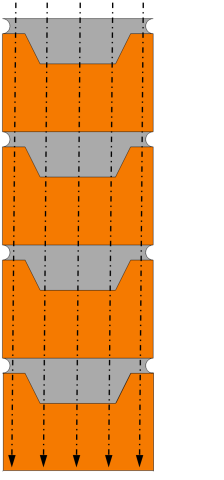
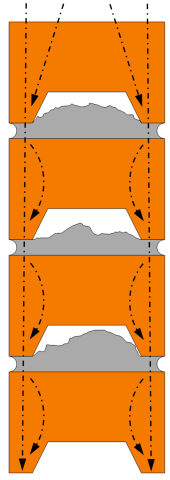
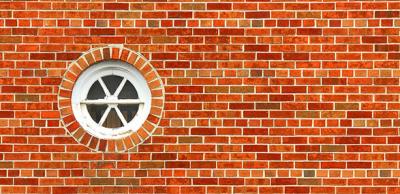
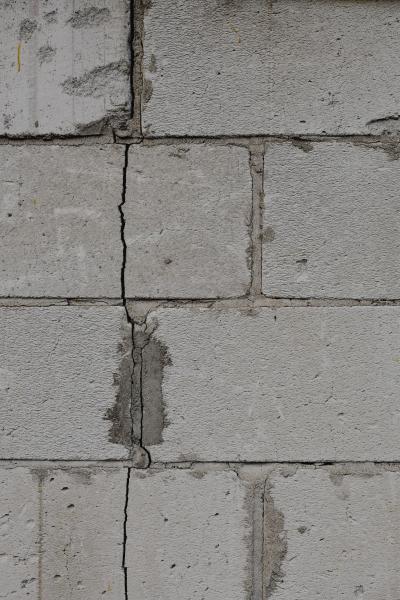
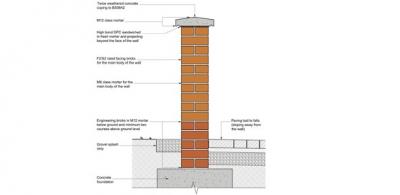
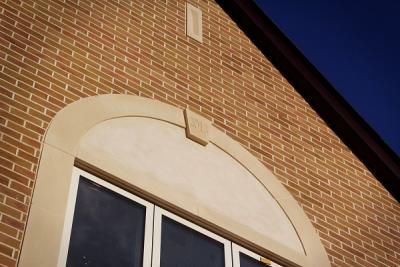
Comments
Add new comment